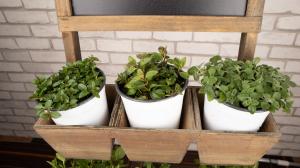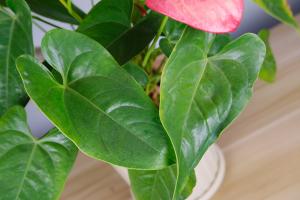Can You Trim Overgrown Tomato Plants?
Tomato plants are a common sight in most gardens, but sometimes they can grow out of control, leaving you with overgrown plants that are hard to manage. If this happens to you, it’s important to remember that trimming your tomato plants is a viable solution to your problem. In this article, we will discuss why and how to trim overgrown tomato plants, and some tips to help you get started.
Why Should You Trim Overgrown Tomato Plants?
Trimming your overgrown tomato plants is important for a number of reasons. Firstly, it can help to increase the yield from your plants by directing energy towards fruit production. When you trim the plant, it diverts its energy towards producing tomatoes rather than foliage, which can lead to a higher yield. Secondly, trimming your plants can also help keep them healthy. Overgrown plants may become stressed and prone to disease, as too much foliage can prevent air from circulating between the leaves. By trimming your plants, you can promote proper airflow and reduce the risk of disease.
How to Trim Overgrown Tomato Plants
When it comes to trimming overgrown tomato plants, there are a few key tips and techniques to keep in mind:
Use clean, sharp scissors or pruning shears to cut the plant.
Prune your plants early in the morning or late in the evening when it is cooler to prevent heat stress.
Always cut above a leaf or node, as this will encourage new growth.
Remove any dead or diseased leaves to promote airflow and prevent the spread of disease.
Remove any suckers or small shoots that grow in the crotch of two branches, as these will compete with the main stem for nutrients.
If your plant is very overgrown, it may require more intensive pruning. In this case, you may need to remove entire branches or stems. However, be careful not to remove too much foliage at once, as this can cause the plant to become stressed and stunt its growth.
Some Additional Tips
Here are some additional tips to help you trim your overgrown tomato plants:
Water your plants first to prevent dehydration and shock from trimming.
Always sterilize your pruning tools to prevent the spread of disease.
Don’t prune your plants too often, as this can weaken the plant and reduce its yield.
Be patient – it may take a few days for your plant to recover from pruning.
If you are unsure about how to prune your plants, seek advice from a professional gardener.
Conclusion
Trimming your overgrown tomato plants might seem like a daunting task, but it’s actually quite simple once you know what to do. By trimming your plants, you can increase their yield, promote proper airflow, and reduce the risk of disease. Remember to use clean, sharp tools and prune your plants early in the morning or late in the evening. With a little patience and care, you can help your tomato plants thrive.

 how many times do yo...
how many times do yo... how many planted tre...
how many planted tre... how many pine trees ...
how many pine trees ... how many pecan trees...
how many pecan trees... how many plants comp...
how many plants comp... how many plants can ...
how many plants can ... how many plants and ...
how many plants and ... how many pepper plan...
how many pepper plan...






























